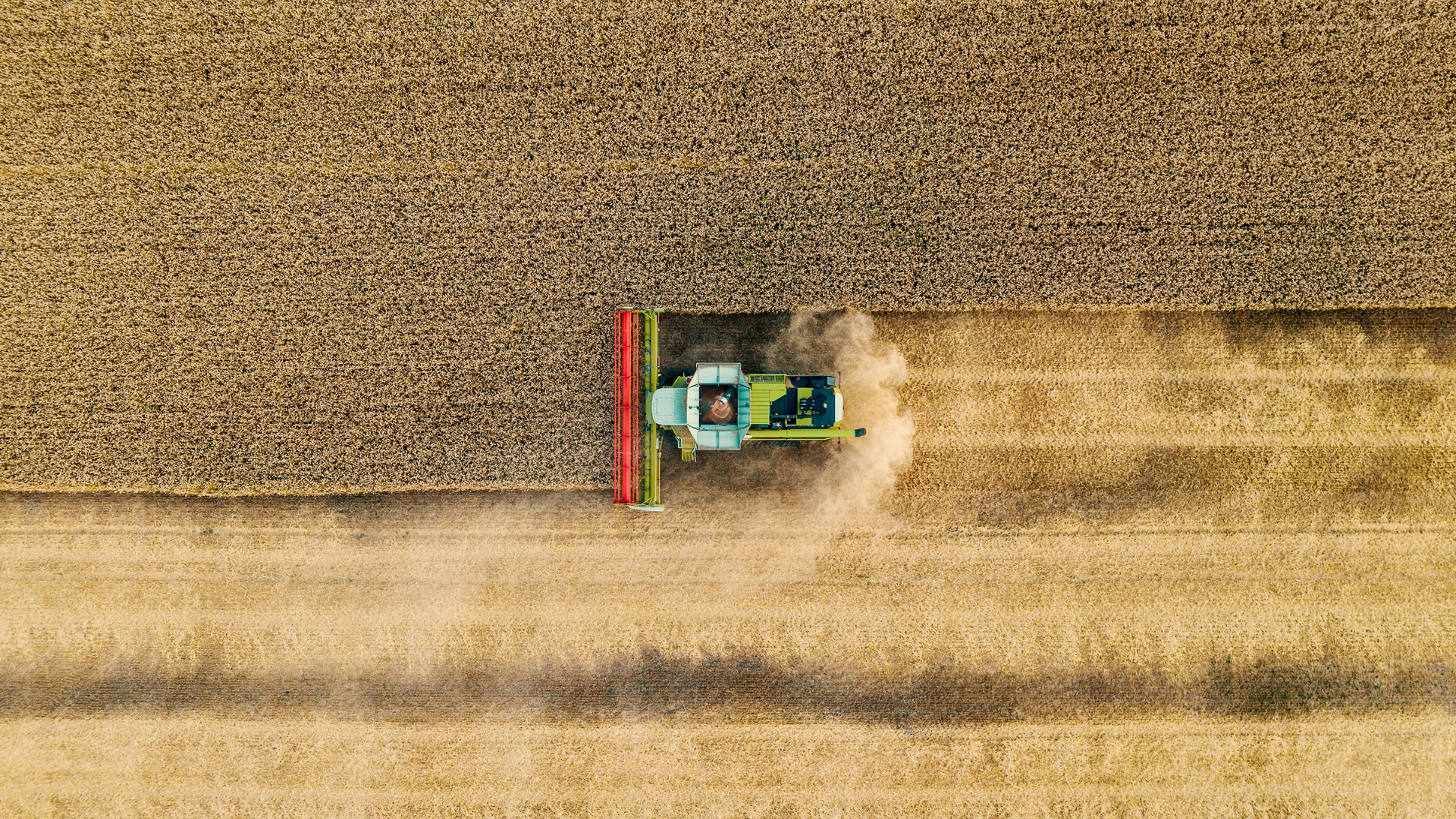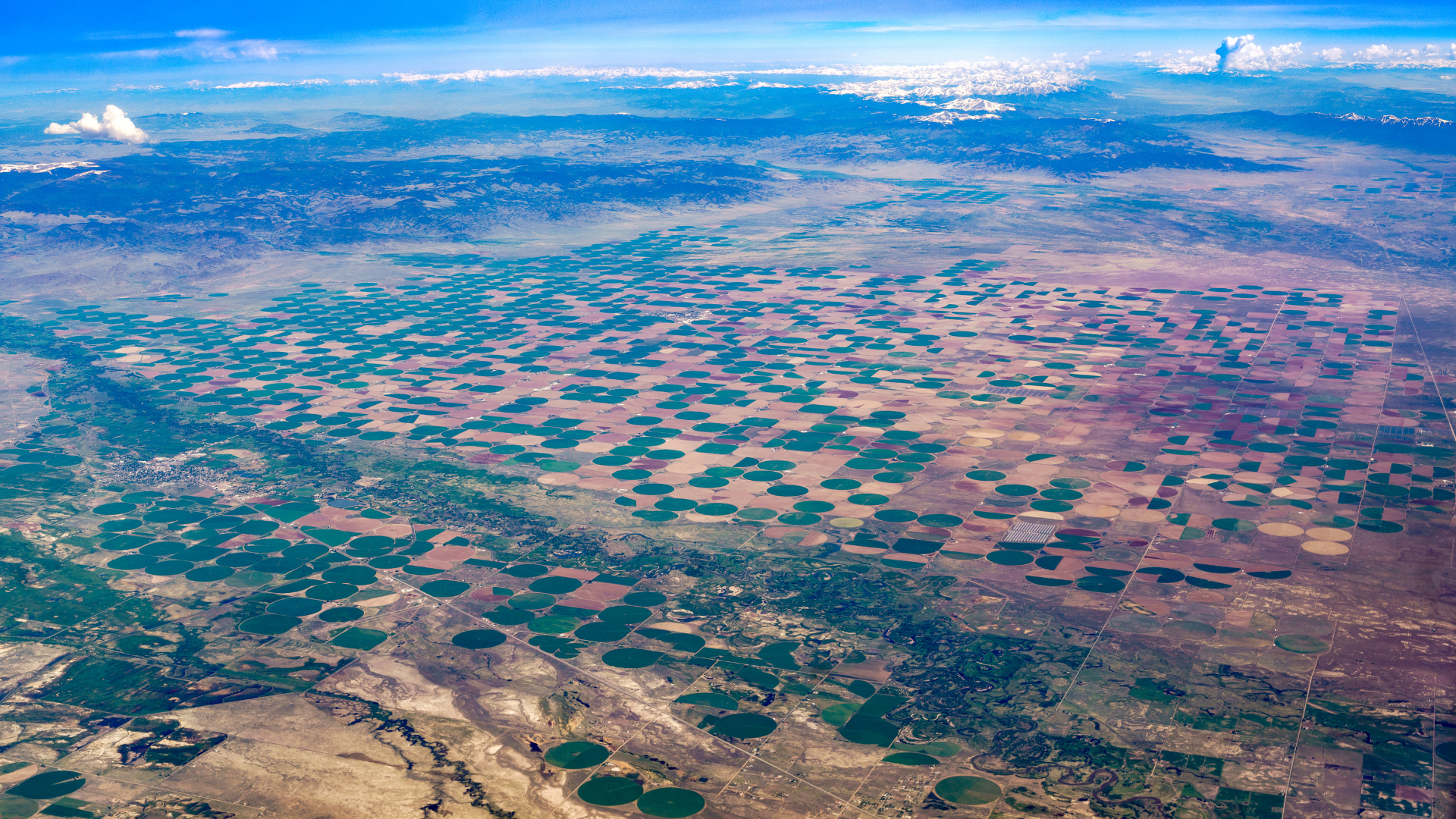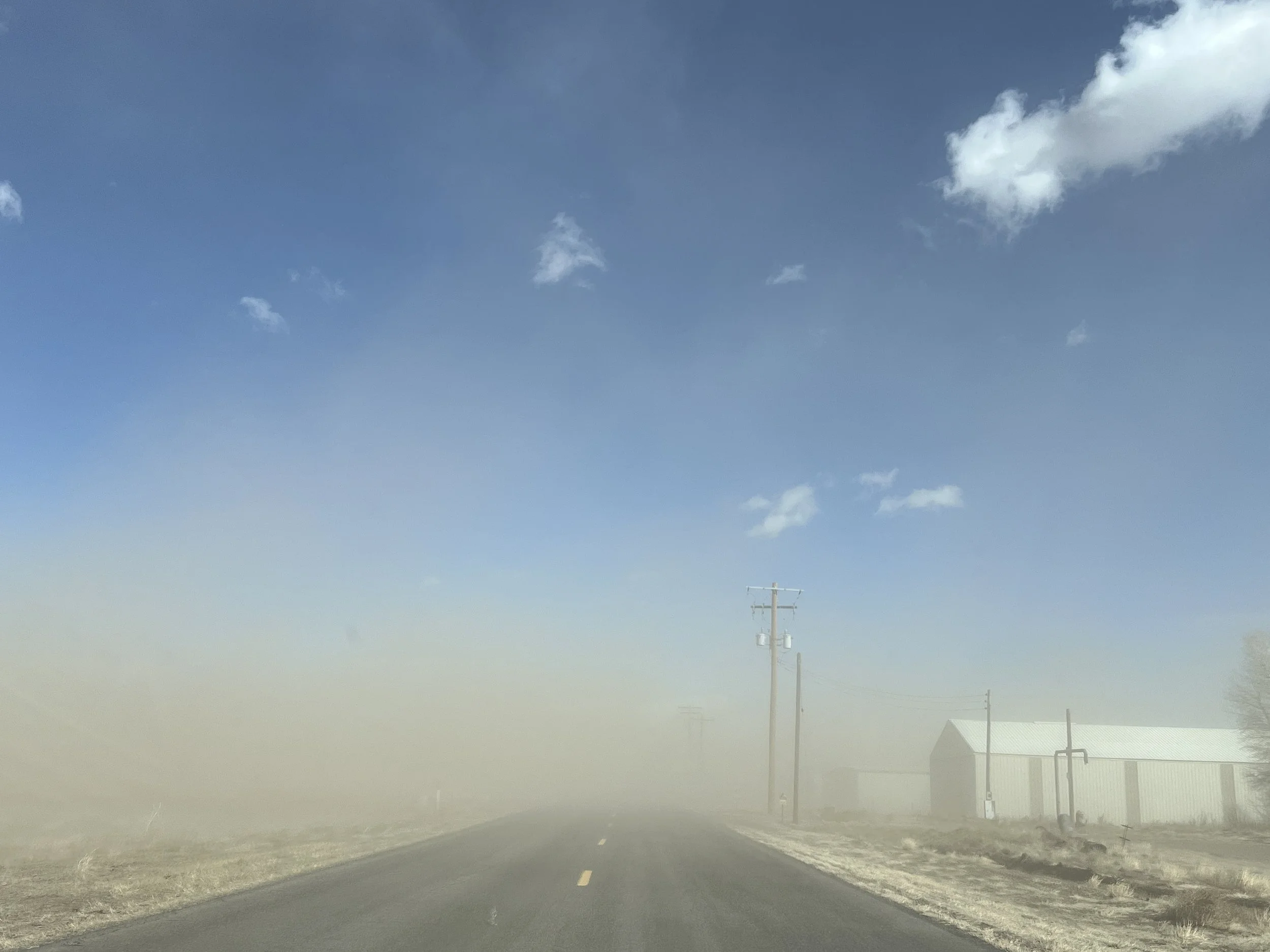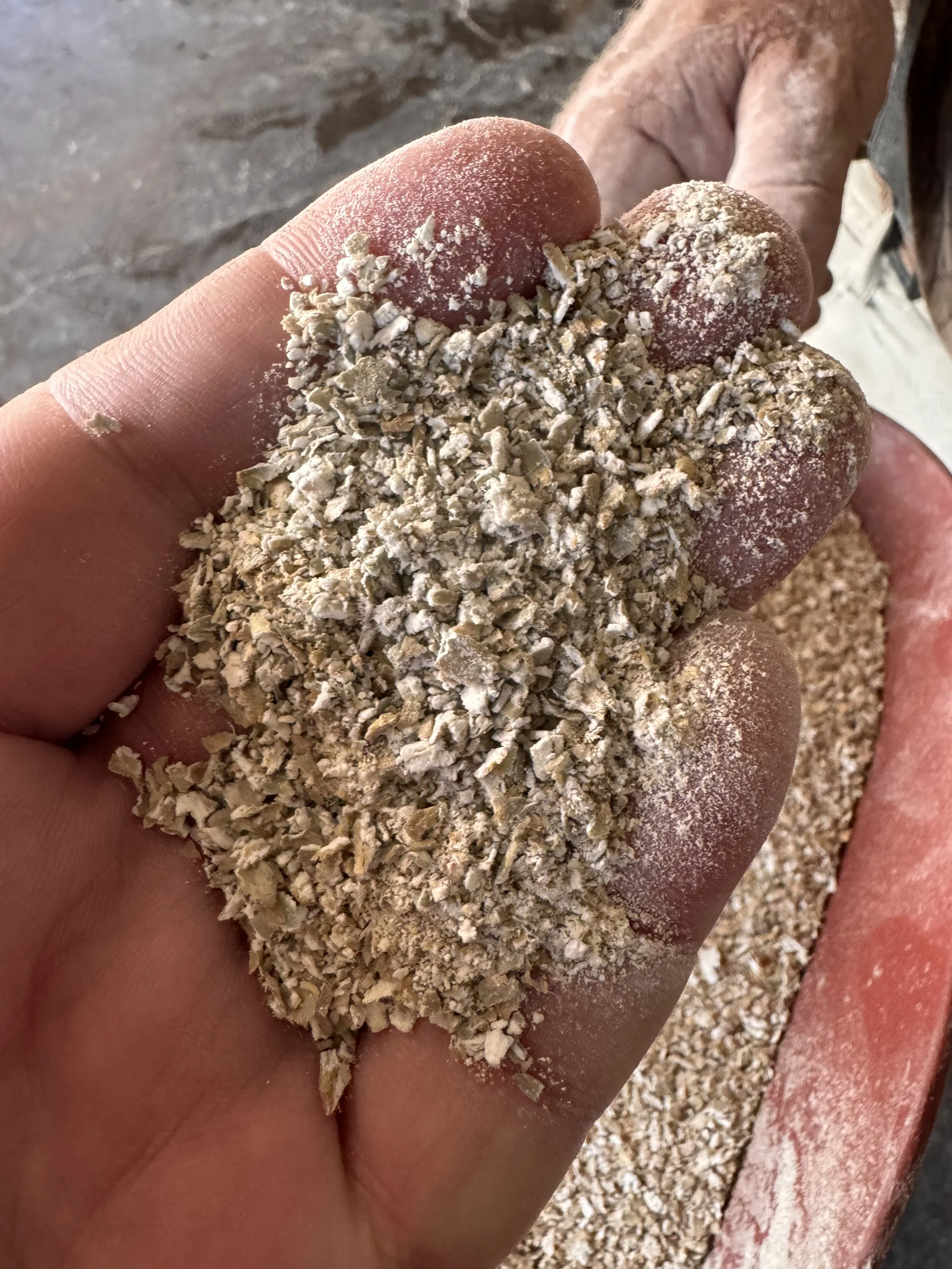Change From the ground up.
Save the Aquifers of the San Luis Valley.
Save San Luis Valley Agriculture.
Save a Colorado Community.
Grow & Buy Resurgence Rye!

The 2024 Project
Annual Report
The Rye Resurgence Project:
an Origin Story
Sarah Jones of Hooper, CO-based Jones Family Organics has seen increased interest in rye and a desire to build a deeper connection between local farmers and consumers. Consumers across Colorado and the West want to know where their grain comes from and how it is raised - it’s a growing desire across the country for a conscientious food market. Jones saw the demand and her family began to grow more rye - a heritage grain and winter cover crop that uses less water, improves soil health, and has a complex flavor profile for a variety of uses.
One recent spring, as Dust Bowl conditions spread across the Valley and many families wondered how to keep their multi-generational farms intact with declining aquifer levels, Jones had a big idea:
“What if we build on the relationships our farm and others have with rye consumers to grow the market and cause a resurgence in demand for San Luis Valley rye?”
Jones approached Heather Dutton, Manager at the San Luis Valley Water Conservancy District (SLVWCD), and the women-led Rye Resurgence Project was born!
Why Rye?
Rye not only saves water, as a cover crop, rye also improves soil health and helps prevent Dust Bowl conditions. Climate change and drought conditions have increased the number of dust storms in the San Luis Valley in recent years, wreaking havoc on safety, human health, and day-to-day life.
Dust storms and hotter, drier conditions close schools, increase risk of kidney damage in agricultural workers, and trigger or worsen asthma, pneumonia, and other respiratory illnesses, as well as cardiovascular problems.
Rye and its extensive root system anchors the soil, preventing erosion from wind and improving area air quality.
Above: Scenes from San Luis Valley dust storms. Below: Dust conditions driving past a fully tilled field (left) versus air quality conditions around a field planted with winter rye (right).

The Rye Resurgence Project: Objectives
-
The most critical piece of the Project is the investment in market development. The Project partners see increased rye production as a way to support continued agriculture production while enabling water use reduction. The Project partners have committed to investing significant effort and resources in marketing, branding materials, and personnel to develop relationships between the growers and the end users of rye such as brewers, distillers, millers, bakers, and consumers.
By keeping farmers farming, the future health of the community will be sustained.
-
It is estimated that rye requires 12 inches to grow where crops such as barley or oats require an average of 20 inches. This difference is huge in a region that is working to find ways to conserve water in order to balance Rio Grande water use with supply.
In 2024, the latest data was published on the valley's water, showing a plummeting unconfined aquifer at its lowest recorded level in history. Building the market for San Luis Valley Resurgence Rye will give farmers options to significantly reduce water use and improve soil health, while still earning a living wage and supporting the local community. -
A winter cover crop, rye improves soil health, prevents erosion during the windy spring months, and uses less water than other rotational crops.
-
Local farmers planted 4,500 acres of winter rye in the fall of 2023, which over the course of the Project’s first year, yielded an estimated 4,670 acre-feet in water savings, over 443,000 lbs. of rye sold, and 24 businesses committed as RRP partners! See the 2024 Annual Report here for more.
The exceptional flavor and terroir of the valley’s high alpine-grown grains set SLV rye apart, and RRP staff and partners are certain that as more people try our farmers’ rye, they’ll fall in love with the taste and quality and help build the market so this deep-rooted Colorado agricultural community can keep on farming.

Rye Resurgence Farm Partners
A healthy economy depends on a healthy environment. The agricultural economy of the San Luis Valley relies on the Rio Grande, and specifically on the San Luis Valley aquifer system - the groundwater from which has been significantly depleted to unsustainable levels due to continued pumping at a greater rate than aquifer recharge. The Rye Resurgence project requires all of its rye to be grown with minimal water usage to dramatically reduce reliance on groundwater and preserve the Rio Grande.
At its launch, the Project contracted with 10 San Luis Valley farmers who planted 4,500 acres of winter rye following the 2023 fall potato harvest.
Because aquifer sustainability is a primary goal of the Project, farm partners used minimal water to establish the cover crop to dramatically reduce reliance on groundwater and preserve the Rio Grande. The total number of acres planted and associated soil health benefits and erosion reduction far exceeded the initial project goals. Reduced wind erosion was noticeable in areas adjacent to the fields during the winter and spring months.
Growing rye to maturity requires approximately 12 inches of water. By comparison, barley consumes 18-22 inches, potatoes need 18-24 inches, and alfalfa uses 24-30 inches of water. The total annual water savings from the 2023 planting to 2024 harvest is an estimated 4,670 acre-feet!
Grants & Funding
-

San Luis Valley Water Conservancy District
The Conservancy District is greatly committed to the project because of the environmental and community promise of rye. A winter crop, rye improves soil health, prevents erosion during the windy spring months, and uses less water than other rotational crops.
-

Colorado Water Conservation Board
The Colorado Water Conservation Board (CWCB) supported the Rye Resurgence Project launch with a grant to the San Luis Valley Water Conservancy District and the farm partners growing resurgence rye for market development. Thank you CWCB!
-
Trinchera-Blanca Foundation
Thanks o the Trinchera-Blanca Foundation, the Rye Resurgence Project and The Colorado Farm Brewery have teamed up on a new line of craft beers branded as “The Dust Bowl Series.” This lineup pays homage to the power of rye to support the sustainability of farming and combat the blowing topsoil caused by windstorms in the San Luis Valley. The beers will be featured at the 2024 Great American Beer Festival (GABF).








